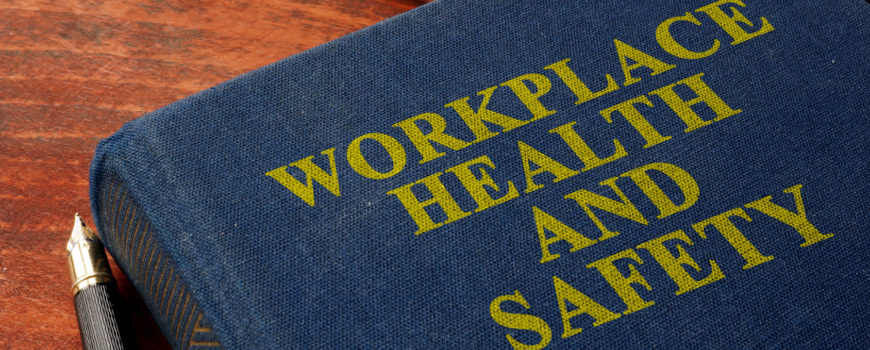Ranging from poorly maintained tools to fatigued workers, manufacturing setting is riddled with hazards, both out in the open and some hidden. If you do not know a place to start checking out, then such risks may lead to injuries and sometimes death. Below are five tips to help you stay safe and healthy in a manufacturing facility.
1. Ensure Proper Use and Maintenance of Machinery and Equipment
The first step to ensure everyone is safe in a manufacturing setting is to ensure machinery and equipment are properly maintained. Failure to constantly ensure the equipment works properly can pose risks to every employee in the facility.
It is important to know that even tools with fail-safes are prone to malfunction if you do not do regular check-ups. To ensure proper functioning, ensure that the equipment undergoes regular inspection. Your employees should know how to check whether the equipment works optimally. Contacting a professional to inspect your equipment can help.
Proper use of manufacturing equipment will ensure that the machinery works well without posing any danger to those around the manufacturing facility. You should, therefore, ensure that only those qualified to handle a certain equipment are the only employees who work on it and handle it with professionalism.
2. Permanent Hazards Need Special Consideration
Numerous equipment in a manufacturing facility poses a risk to anyone regardless of whether they are functioning as required. Chemicals, for instance, will remain dangerous to anyone even when regular inspections are done. However, you can minimize these risks by labeling, and give every employee the right protective gear when handling these chemicals.
It is important to also clean spills. This will ensure that there are no health risks that are exposed to employees. Carefully cleaning up spills will ensure there is no gas emitted into the atmosphere. Some gases may pose a health risk as well as act as a respiratory irritant.
Wearing safety equipment while in a manufacturing facility is crucial. This will prevent any visitor, employers, managers, subcontractors, and contractors from hazards. For instance, wearing an eye protection such as goggles will help you prevent metal or chemical splash into your eyes.
3. Employees Should Undergo Regular Training
It is said that your firm is as safe as those people who work in it. Every employee should undergo training regularly on every contact they will be handling. You should make sure that they can spot warning signs such as burning wire smells, scraping or grinding noises, abnormal wobbles, or anything that may sound abnormal. If you find out any machine that is unsafe, then shut it down.
4. Sufficient First Aid
In case of an emergency, you need to have easy access to a first aid kit. Your manufacturing facility should be stocked with medical equipment including first aid kits for general purposes as well as those customized to meet the specific needs of your working environment.
You need to ensure every employee undergoes training to have at least some level of knowledge on how to use a first aid kit. In some cases, you will need to have your staff members specially trained to offer CPR, first aid as well as conduct a confined-space rescue.
5. Wear Proper Clothing
Having a protective gear in a manufacturing facility may not be the only preventive measure available. In fact, you should always wear proper clothing, not loose clothing that may be caught in or on the machines. Wearing a closed shoe is also an important part of ensuring you remain safe while in a manufacturing plant.
If every employee follows these tips, then your manufacturing facility will be a safe place for both your employees and those visiting.





